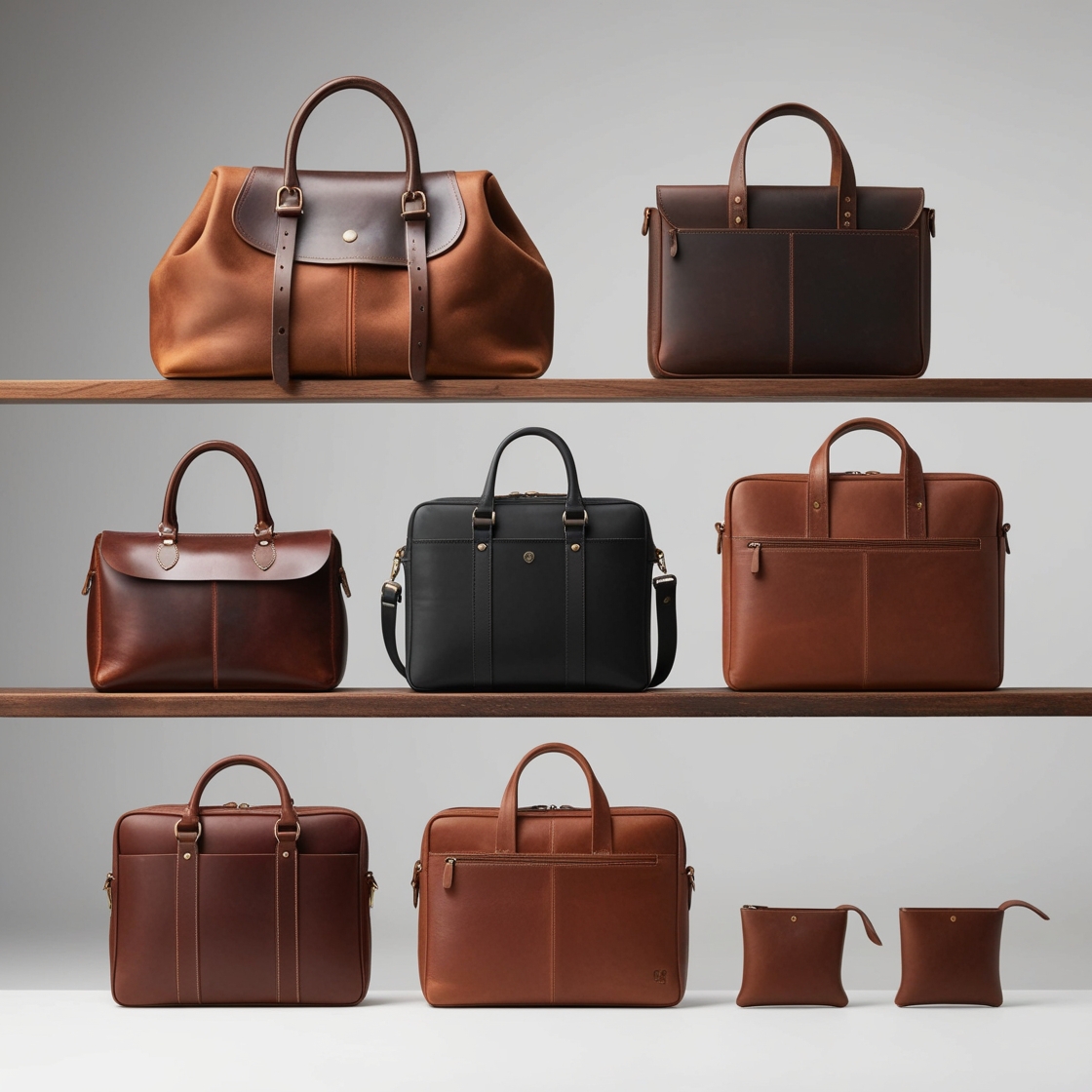Leather bags have evolved significantly over the decades, adapting to changes in fashion, functionality, and craftsmanship. This evolution reflects not only the trends of the time but also the innovative techniques and materials that have shaped the industry.
Understanding Traditional Leather Bag Styles
Historically, leather bags were primarily utilitarian, designed for durability and practicality rather than style. Early styles included saddlebags, doctor bags, and satchels, each serving a specific purpose in daily life. These bags were characterized by their robust construction and often minimalistic design.
Transition to Modern Elegance
The mid-20th century marked a significant shift in leather bag design. With the rise of urbanization and the increasing importance of fashion, bags evolved into more elegant and sophisticated pieces. Briefcases, handbags, and clutches became essential accessories for professionals and socialites alike. These designs emphasized sleek lines, quality craftsmanship, and refined materials, setting a new standard for luxury.
Innovation in Materials and Techniques
Advancements in tanning processes and the introduction of new materials have revolutionized leather bag design. Traditional full-grain leather remains prized for its durability and natural aging characteristics, developing a unique patina over time. Top-grain leather, known for its smooth surface and versatility, became popular for its balance between quality and affordability. In contrast, innovative materials like bonded leather and vegan leather offer sustainable alternatives, appealing to environmentally conscious consumers. Leather backpacks have also benefited from these advancements, combining classic materials with modern functionality to cater to contemporary needs.
Contemporary Trends and Inspirations
Today, leather bag design continues to evolve, blending tradition with innovation to meet the demands of modern lifestyles. Crossbody bags, backpacks, and minimalist totes have gained popularity for their practicality and versatility. These designs often feature ergonomic elements such as padded straps, multiple compartments, and lightweight materials, catering to the needs of busy professionals and travelers.
The Art of Craftsmanship
Craftsmanship remains a hallmark of luxury leather goods. Expert artisans meticulously craft each bag, paying attention to every detail from stitching to hardware. Hand-stitched seams ensure durability and strength, while high-quality zippers and closures add a touch of refinement. Luxury brands prioritize craftsmanship, creating timeless pieces that stand the test of time and exemplify superior quality.
Embracing Sustainability and Ethics
In recent years, there has been a growing movement towards sustainability in leather production. Eco-friendly tanning methods, such as vegetable tanning, reduce environmental impact by using natural extracts instead of harsh chemicals. Ethical sourcing of materials ensures that leather is obtained responsibly, supporting fair labor practices and animal welfare. Consumers increasingly seek transparency and accountability from brands, driving the adoption of sustainable practices across the industry.
Conclusion: Embracing Heritage and Innovation
The evolution of leather bag design is a testament to the industry’s ability to blend heritage craftsmanship with contemporary innovation. As fashion trends evolve and consumer preferences shift, leather bags remain timeless accessories that symbolize style, functionality, and enduring quality. Whether it’s a classic briefcase, a sleek backpack, or a modern tote, each design reflects a balance of tradition, innovation, and the timeless appeal of leather craftsmanship.
Read more about Style and Usage of Leather Bags
